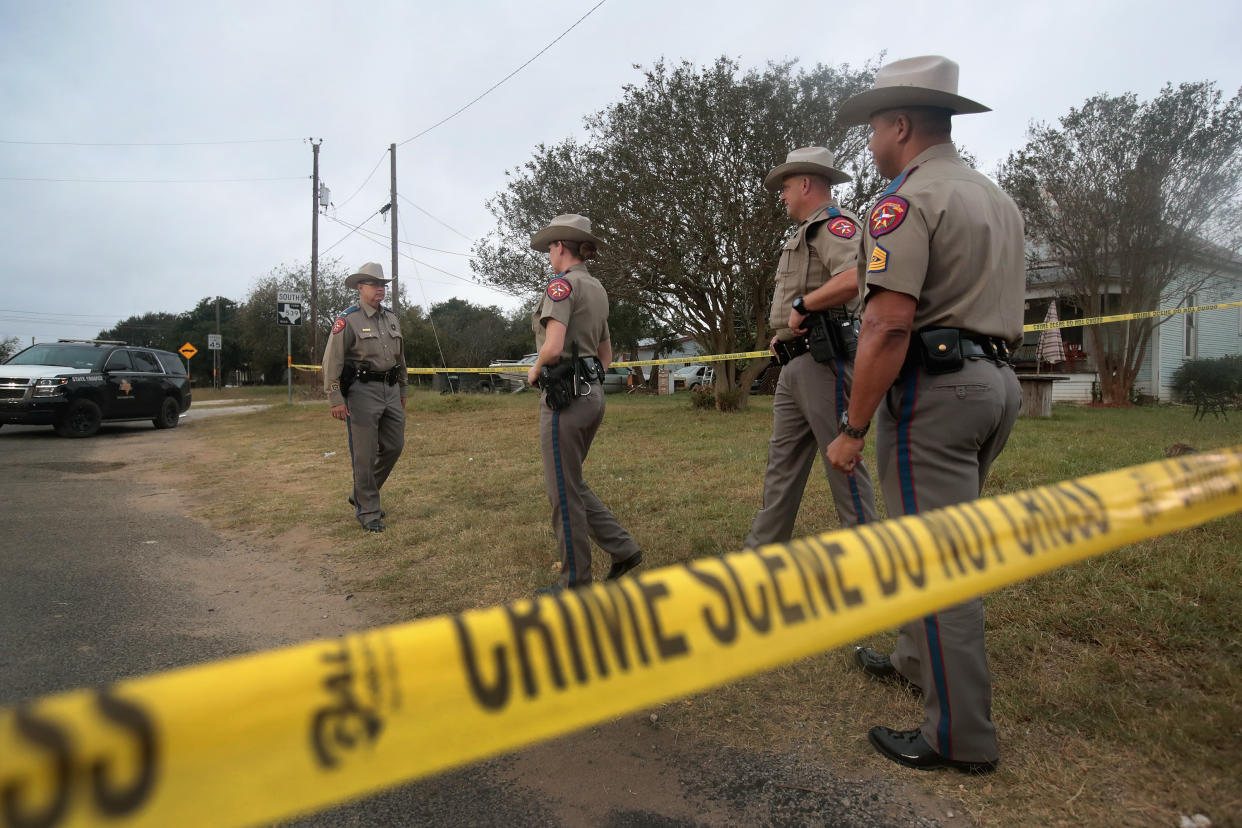The Texas church shooter shouldn’t have been able to legally buy a gun — here’s what happened
Sutherland Springs, a small Texas town with a population of about 600 citizens, was devastated on Sunday after Devin Kelley killed at least 26 local churchgoers. Kelley was armed with a Ruger AR-556 semi-automatic rifle — a gun the Texas church shooter shouldn’t have been able to buy. The shooter’s criminal history should have prevented Kelley from purchasing all four weapons he owned, yet it didn’t.
So what went wrong?
According to CBS News, Kelley was court-martialed in 2012 after he was charged with physically assaulting his then-wife and stepson. He pleaded guilty, was sentenced to 12 months of confinement, and received a bad conduct charge. His rank within the U.S. Air Force was also reduced.
Federal and Texas law states that those convicted of domestic violence are prohibited from owning a firearm. And Pentagon rules state that the military must report charges to the FBI to prevent those who are convicted from owning firearms in the future.
But as CBS News reports, the Air Force did not submit Kelley’s criminal history to the FBI. Therefore, Kelley was able to pass background checks for jobs and firearm purchases.
Kelley’s past employer informed police that he had passed a necessary background check for a security guard position at a local water park. Said employer stated that Kelley had “no disqualifiers” entered into the National Crime Information Center Database.
ABBOTT: "Devin Kelley sought to get a license to carry a gun in the state of Texas, but the State of Texas denied him the ability to get a gun."
— Ryan Struyk (@ryanstruyk) November 6, 2017
Kelley then went on to pass background checks at the stores from which he bought his firearms.
Devin Kelley's conviction barred him from having guns under federal law, Air Force chief prosecutor at time of his court-martial tells NPR.
— NPR (@NPR) November 6, 2017
One such store, Academy Sports, told CBS, “We also confirmed that both sales were approved by the National Instant Criminal Background Check System (NICS). We are cooperating with law enforcement as they investigate further.”
"Very quiet, polite young man," Devin Kelley's former boss tells @OmarVillafranca, who is looking into the TX gunman's violent past. pic.twitter.com/4nWrrtSOOQ
— CBS News (@CBSNews) November 6, 2017
The U.S. Air Force is now investigating their crucial error, which enabled Kelley to kill at least 26 people and injure 20 more.


